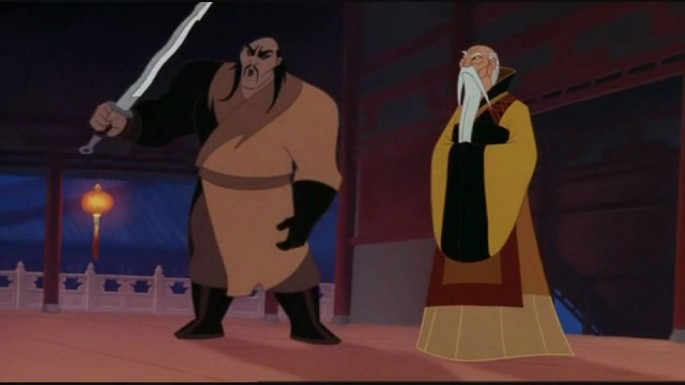The rant initiated by Chinese actress Constance Wu on whitewashing of actors in the movie “The Great Wall” paid off. Disney announced on Tuesday that for the new version of “Mulan,” scheduled for showing in fall 2018, it would balance expectations of Chinese viewers and American audience which are often competing.
The entertainment giant learned its lesson from the 1998 production of “Mulan” which was an international hit that bombed in China over criticisms of character portrayal. Although Hua Mulan, the young woman portrayed in the animated musical lived during the Southern and Northern Dynasties in China, the character drawn by Disney artists did not look so Chinese.
In that movie, the teenage Hua Mulan takes the place of her elderly father to fight in the army by pretending to be a man. All households were required to contribute to the invasion by drafting one male household member into the army. Twelve years after the war, Mulan is recognized for her braveness and martial skills, China Daily reported.
Biola University Professor of Media Studies Nancy Yuen said that for the upcoming new version of “Mulan,” Disney would need to strike a balance in appealing to audience taste in the U.S and ensuring for the large Chinese audience the movie’s cast is not whitewashed similar to the casting of American actor Matt Damon as a Chinese warrior in “The Great Wall.”
Yuen said that because of the current climate of whitewashing and white-savior-centered Asian films, the casting of Asian-American actors in “Mulan” is absolutely needed. But Long Bui, professor of American studies at Wesleyan University in Connecticut, pointed out that having an Asian face is not enough like what happened in “Memoir of a Geisha” which cast Chinese actresses to play the role of Japanese characters.
Among the backlash that Disney should expect is when the new animated “Mulan” is shown in China, the expected observation would be the actress in lead role looks more like a Vietnamese than a Chinese.



























